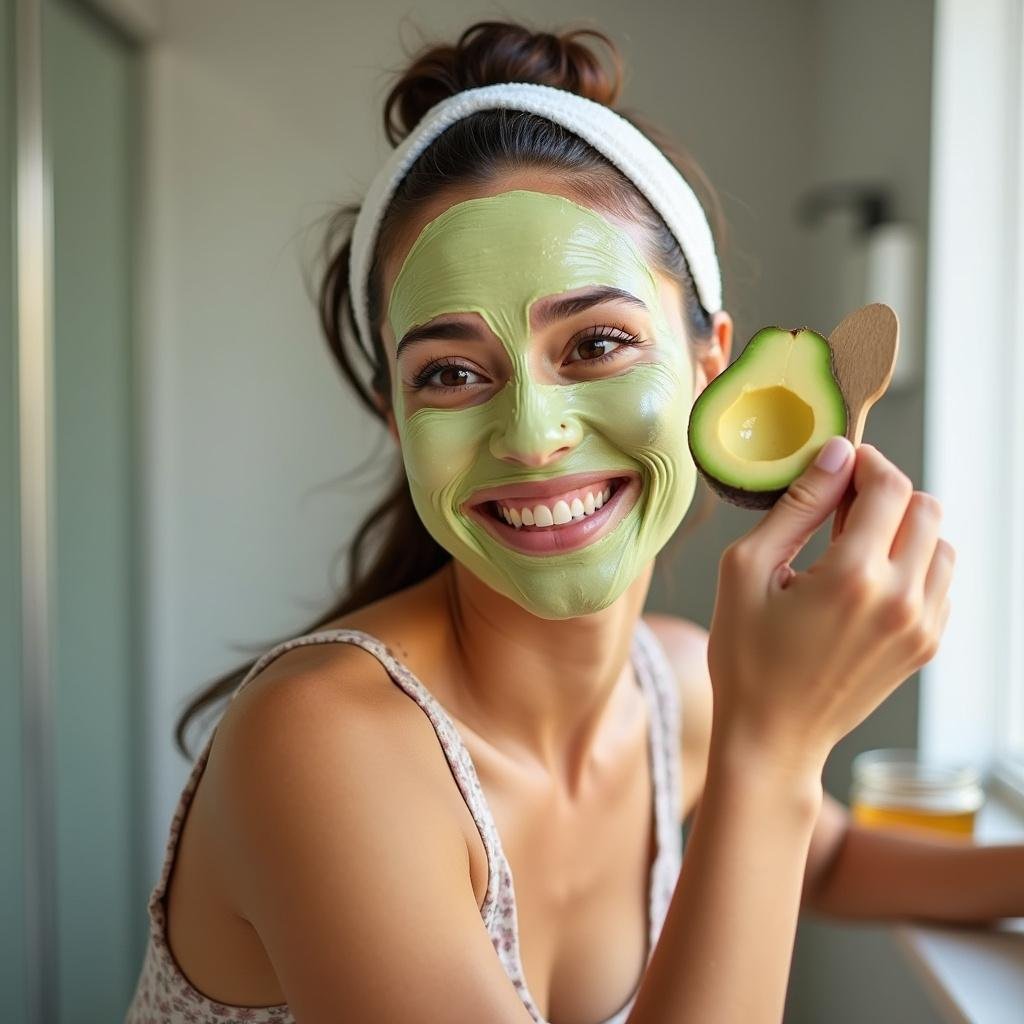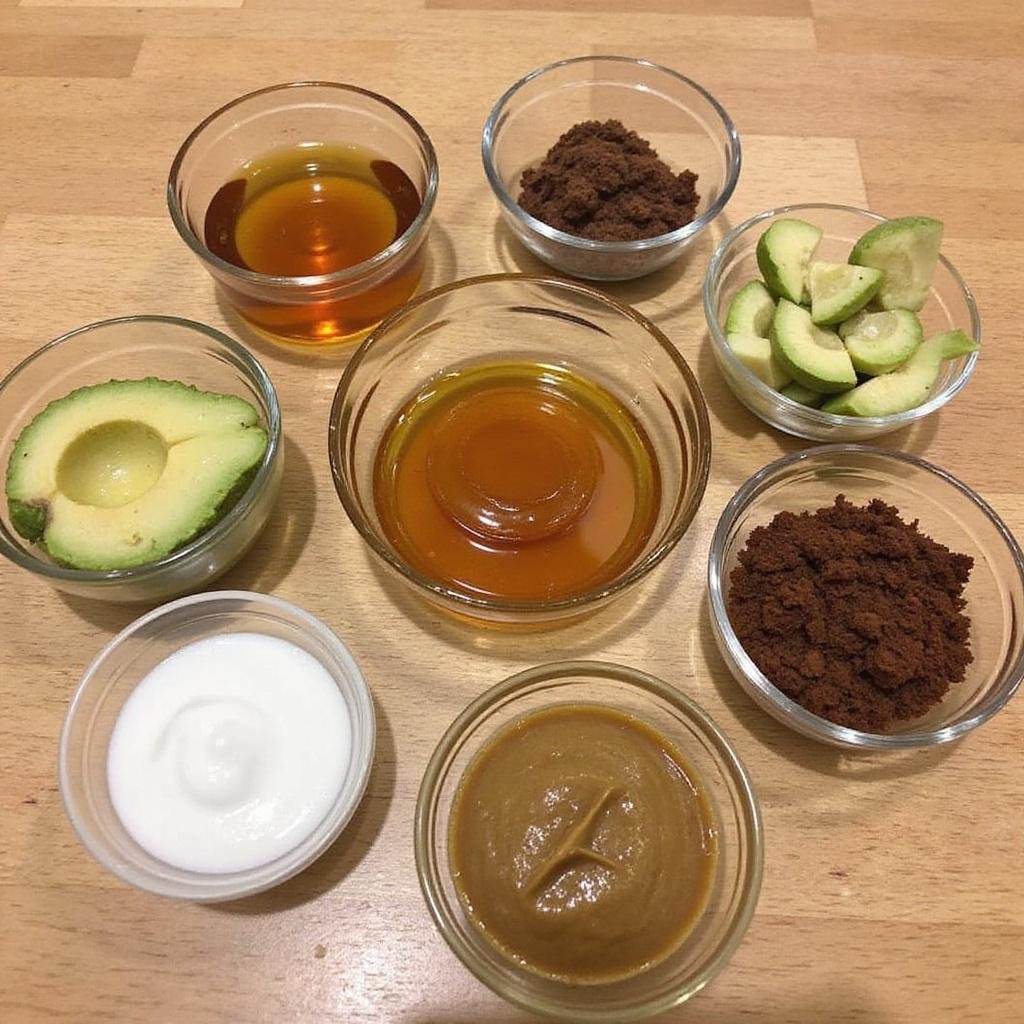1. Introduction
In recent years, the innovative concept of food-based face masks has surged in popularity among skincare enthusiasts looking for natural and edible beauty solutions. These DIY kitchen remedies not only provide nourishment and hydration but also incorporate ingredients that are entirely safe to eat, making them a fun, economical, and eco-friendly alternative to conventional skincare products. In this comprehensive guide, we explore various food-based face masks you can eat too, discuss their numerous skin benefits, and offer tips on how to seamlessly integrate them into your daily skincare routine.
2. What Are Food-Based Face Masks?
Food-based face masks are simple, homemade skincare treatments created from natural, edible ingredients such as fruits, vegetables, honey, oats, and herbs. These masks are designed to deeply nourish, hydrate, and rejuvenate your skin using products that are both safe to apply and consume. Unlike harsh chemical-laden commercial products, food-infused skincare masks harness the power of nature, delivering essential vitamins, antioxidants, and nutrients directly onto your skin. Incorporate tools like the Fullstar Vegetable Chopper and Spiralizer to prep your ingredients quickly and efficiently for your DIY recipes, ensuring maximum freshness and effectiveness.

3. Top 5 Food-Based Face Masks You Can Eat Too
Hydrating Honey and Cucumber Mask
This food-based face mask combines the soothing anti-inflammatory effects of honey with the refreshing hydration of cucumber. Honey acts as a natural humectant, locking moisture into the skin barrier, while cucumber provides a calming effect, reducing redness and puffiness. To prepare this cooling treatment, you’ll want to use fresh honey—often available in premium honey products—and crisp cucumbers, which can be finely blended using the Fullstar vegetable chopper. This mask is perfect for sensitive or dry skin, leaving your face feeling soft, smooth, and replenished.
Avocado and Yogurt Nourishing Mask
The creamy richness of avocado combined with probiotic-rich yogurt creates an edible facial mask that deeply nourishes and softens dry or aging skin. Avocado provides healthy fats and vital nutrients, while yogurt adds lactic acid for gentle exfoliation. For optimal results, opt for organic avocado and plain Greek yogurt, which can be effortlessly sliced or mashed with the Fullstar Vegetable Chopper. This mask helps restore skin elasticity, boosts brightness, and supplies essential vitamins like E and C, using ingredients readily found at home or in your local grocery store.
Oatmeal and Banana Exfoliating Mask
This gentle, natural scrub uses the coarse texture of oatmeal combined with the anti-inflammatory and antioxidant properties of ripe bananas. Oatmeal effectively removes dead skin cells, while bananas nourish with potassium and vitamins to revitalize the complexion. To prepare this mask, mash ripe bananas and mix with finely ground oats, which can be processed easily using the Fullstar vegetable chopper or food processor. Regular use leaves your skin smooth, refreshed, and more luminous.
Tomato and Lemon Brightening Mask
Taking advantage of the natural bleaching and brightening effects of lemon combined with the antioxidant power of tomatoes, this food-based face mask is excellent for reducing dark spots and evening out your skin tone. Lycopene in tomatoes fights free radicals, and lemon’s vitamin C boosts collagen production. To maximize freshness, use freshly squeezed lemon juice paired with ripe tomatoes, which can be blended smoothly using your kitchen gadgets like the Fullstar chopper. This mask is especially beneficial for dull, pigmented skin.
Chocolate and Coffee Anti-Aging Mask
This indulgent food-based face mask merges antioxidant-rich cocoa powder with caffeine-packed coffee grounds. Cocoa is known for its skin-rejuvenating properties, while coffee grounds stimulate circulation, helping to reduce the appearance of fine lines and wrinkles. Prepare this luxurious mask by mixing unsweetened cocoa powder with used coffee grounds, which can be processed easily with the Fullstar vegetable chopper. It’s perfect for a pampering skincare session, turning a simple treat into a healthful, skin-loving ritual.
4. How to Make Your Own Food-Based Face Masks at Home
Crafting your own food-based face masks is both simple and enjoyable. Here’s a step-by-step guide:
- Select fresh, high-quality ingredients tailored to your skin type—think ripe fruits, vegetables, honey, or oats.
- Use tools like the Fullstar Vegetable Chopper or the Cuisinart Bread Maker for easy preparation of ingredients, ensuring maximum freshness.
- Mix ingredients in a non-metallic bowl to prevent oxidation and preserve nutrients.
- Apply the mixture evenly over a cleansed face, avoiding the eye area.
- Let it sit for 10-15 minutes, allowing skin to absorb nutrients thoroughly.
- Rinse off with lukewarm water, then pat dry with a soft towel. Consider using glass storage containers for any leftover mask, keeping it fresh for future use.
Always perform a patch test before trying new ingredients, especially if your skin is sensitive, to avoid adverse reactions.
5. Benefits of Food-Based Face Masks
- Natural Ingredients: Free from synthetic chemicals, preservatives, or artificial fragrances, making them safe and gentle.
- Edibility: Comprise ingredients safe for accidental ingestion, providing peace of mind for users with sensitive skin.
- Cost-Effective: Use affordable, common household ingredients—no need for expensive skincare products.
- Sustainable: Eco-friendly options that reduce waste associated with commercial product packaging and promote zero-waste skincare.
6. Precautions and Tips
While food-based face masks are generally safe, keep these precautions in mind:
- Always conduct a patch test on a small skin area before applying broadly.
- Avoid ingredients you are allergic to or known irritants like lemon or cinnamon.
- Use fresh ingredients to ensure maximum effectiveness and safety.
- Limit mask usage to 1-2 times weekly to prevent over-exfoliation or irritation.
- Consult a dermatologist if you have underlying skin conditions or doubts about ingredient suitability.
7. Frequently Asked Questions (FAQs)
Are food-based face masks safe for all skin types?
Most food-infused skincare masks are safe for a wide range of skin types, but sensitive skin may require cautious testing first. Gentle ingredients like honey and cucumber are generally suitable for all, while acidic ingredients like lemon might need dilution or limited use. Always perform a patch test to ensure compatibility.
Can I leave food-based face masks overnight?
It is generally not recommended to leave masks on overnight, especially those with ingredients like lemon or citrus, which may cause irritation. For optimal safety and results, stick to 10-15 minute applications, then rinse thoroughly.
How frequently should I use food-based face masks?
Applying these masks 1-2 times per week helps maintain healthy, glowing skin without overdoing it, allowing your skin to benefit from their natural nutrients effectively.
What ingredients are best for oily skin?
Oily skin benefits from ingredients like yogurt, lemon, green tea, and cucumber, which naturally control excess oil and reduce shine while cleansing pores.
8. Conclusion
Incorporating food-based face masks you can eat too into your skincare routine offers a natural, affordable, and enjoyable way to nourish your skin with pure ingredients. With simple recipes and effective tools like the King Arthur Baking Big Book of Bread for baking therapies or the Ninja Double Oven for quick cooking, you can elevate your skincare game while embracing the power of natural foods. Remember to tailor masks to your skin type, perform patch tests, and enjoy the healthy glow that comes from nourishing your skin with what you already have in your kitchen.
Learn more about creating delightful home environments with DIY food-based air fresheners or explore innovative kitchen scrubs made with food ingredients to keep your entire home naturally fresh and clean.

